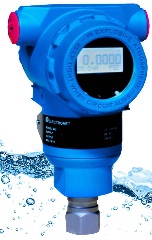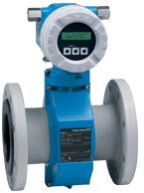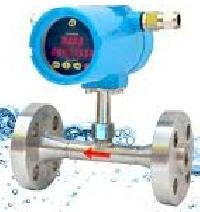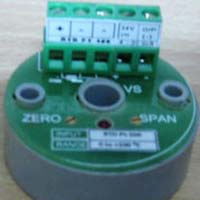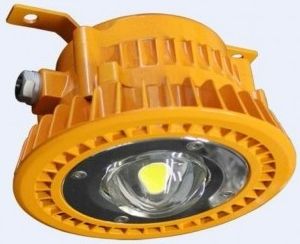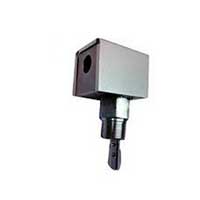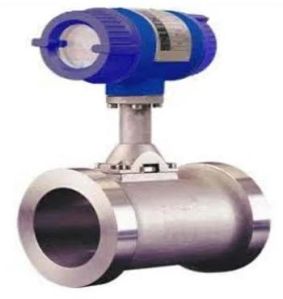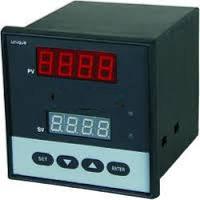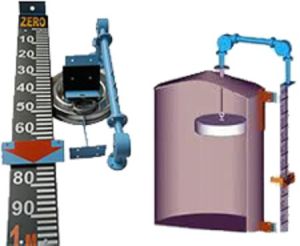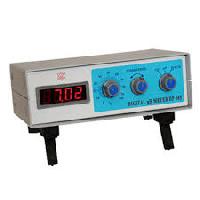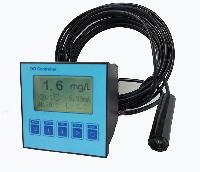| Business Type | Manufacturer, Exporter, Supplier |
| Material | Mild Steel |
| Driven Type | Battery |
| Color | Blue |
| Click to view more | |
Product Details
Digital pressure transmitters differ from their traditional counterparts in their output signal. Instead of a standard 4-20mA current loop, they provide a digital signal like I2C, SPI, or HART protocol. This allows for more complex data transmission and integration with digital control systems. Here's a breakdown of typical digital pressure transmitter specifications, incorporating elements from both analog and digital realms:
General Specifications
· Pressure Range: Similar to analog transmitters, this specifies the measurable pressure range (e.g., from fractions of psi to thousands of psi).
· Accuracy: Expressed as a percentage of full scale (%FS). Typical accuracy remains around ±0.1%FS for good quality models.
· Output Signal: This is the key differentiator. Digital transmitters use protocols like I2C, SPI, or HART to transmit digital data representing pressure readings.
Performance Specifications
· Temperature Limits: The operating temperature range the transmitter can withstand.
· Proof Pressure: The maximum pressure it can handle without permanent damage (typically 1.5 to 2 times the upper pressure range limit).
· Burst Pressure: The pressure that will cause catastrophic failure (typically 4 times the upper pressure range limit).
· Response Time: The time it takes for the digital output to respond to a pressure change (usually in milliseconds).
Digital Specifications
· Communication Protocol: The specific digital protocol used for communication (e.g., I2C, SPI, HART). This determines how the transmitter interacts with digital systems.
· Resolution: The smallest pressure change that the transmitter can detect and represent digitally. Higher resolution translates to more precise measurements.
· Data Format: The format of the digital data transmitted by the sensor, which specifies how the pressure value is encoded.
Environmental Specifications
· Ingress Protection (IP rating): Similar to analog models, this rating indicates the level of protection against dust and water ingress (e.g., IP67 for dust tight and submersion up to 1 meter).
· Material of Construction: Materials used in parts coming into contact with the process fluid (e.g., stainless steel, Hastelloy C, Monel).
Additional Features
· Display: Some models may have a built-in display for local pressure reading.
· Calibration: Calibration is necessary to ensure accuracy. Some models offer features like zero and span adjustments for easier calibration.
Factors to Consider When Selecting a Digital Pressure Transmitter
· Process Connection: The type of fitting used for connection (e.g., NPT, flange, sanitary tri-clamp).
· Electrical Connections: The type of electrical connector for power and data transmission.
· Software Compatibility: Ensure the transmitter's protocol is compatible with your data acquisition system or controller software.
By understanding these specifications and additional factors, you can choose a digital pressure transmitter that aligns with your application's requirements for accurate digital pressure measurement and seamless integration with your digital control system.
Looking for "Digital Pressure Transmitter" ?
Explore More Products


